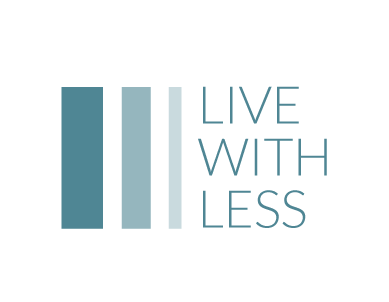A space for creativity and organization
iStock.com/RomoloTavani
Future projections indicate that consumers in the U.S. will spend $9.4 billion dollars on home organization products in 2017. As a professional organizer, I’m completely on board with the notion of containing the items in one’s home in order to be able to find the things you need when you need them. However, when clients contact me for help with organizing, oftentimes they’ve purchased a number of organizing products, but their homes are still disorganized. When I work with clients, I often “shop” their house to find underutilized containers and baskets we can use when organizing their space.
I recently worked with a client who is a fine artist and also runs her interior decorating business out of her one-bedroom apartment, with her living room serving as the space for all of her business supplies and her design studio. Scattered throughout the room were fabric scraps and fabric sample books, paint chips and paint booklets, decorative pillows, lamps and lamp shades, receipts and notes, artist canvases, paint palettes, paint brushes, sewing machine, drapery, linens, spools of thread, various home decor items, completed and in-process paintings, an easel, dossier folders, mood boards, baskets and containers filled with a random assortment of any and all of the items above. Two chairs, three bookshelves and a work table completed the space.
Not only was she overwhelmed by the sheer volume of stuff in her design studio, she was frustrated that she couldn’t find the supplies she needed. She was also losing money because she couldn’t find particular receipts when she needed to charge a client.
First, we emptied all of the storage containers and gathered like items with like items. Since she had three large bookshelves with large cubbies, one bookshelf was entirely devoted to those decorative tchotchkes, pillows, lamps and shades she had purchased for individual client projects. Each cubby (or cubbies) included the client’s dossier folder, mood boards, and was labeled with the name of the client so she’d be able to pull items by the project and could immediately file the client receipts in their dossier folder.
Completed paintings she could easily pull for a project were separated by subject matter and filed on the second bookshelf.
The third bookshelf was dedicated to her in-progress sewing and painting projects. One container was devoted to paint booklets and paint chips, another container held her acrylic paints and a third housed her oil paints. A barely-used divided jewelry container was repurposed as a holder for her spools of thread. Several baskets were reclaimed as storage for her fabric and fabric swatches. Paint brushes were sorted by size, and we used two empty drinking glasses from the kitchen to store them. Blank canvases were housed in several of the empty cubbies, and the easel was set up near the bookshelf for ease in grabbing whichever materials she needed for the project at hand.
Finally, her sewing machine was set up on one end of the work table in the center of the room with a chair and the rest of the work table was left completely clear. Now my client has three distinct zones (home decor, completed paintings, and projects), and she can easily pull what she needs and use the work table as a space to spread out, and then return the items to their proper homes. The biggest bonus of all? She didn’t have to purchase any new organizing products!

